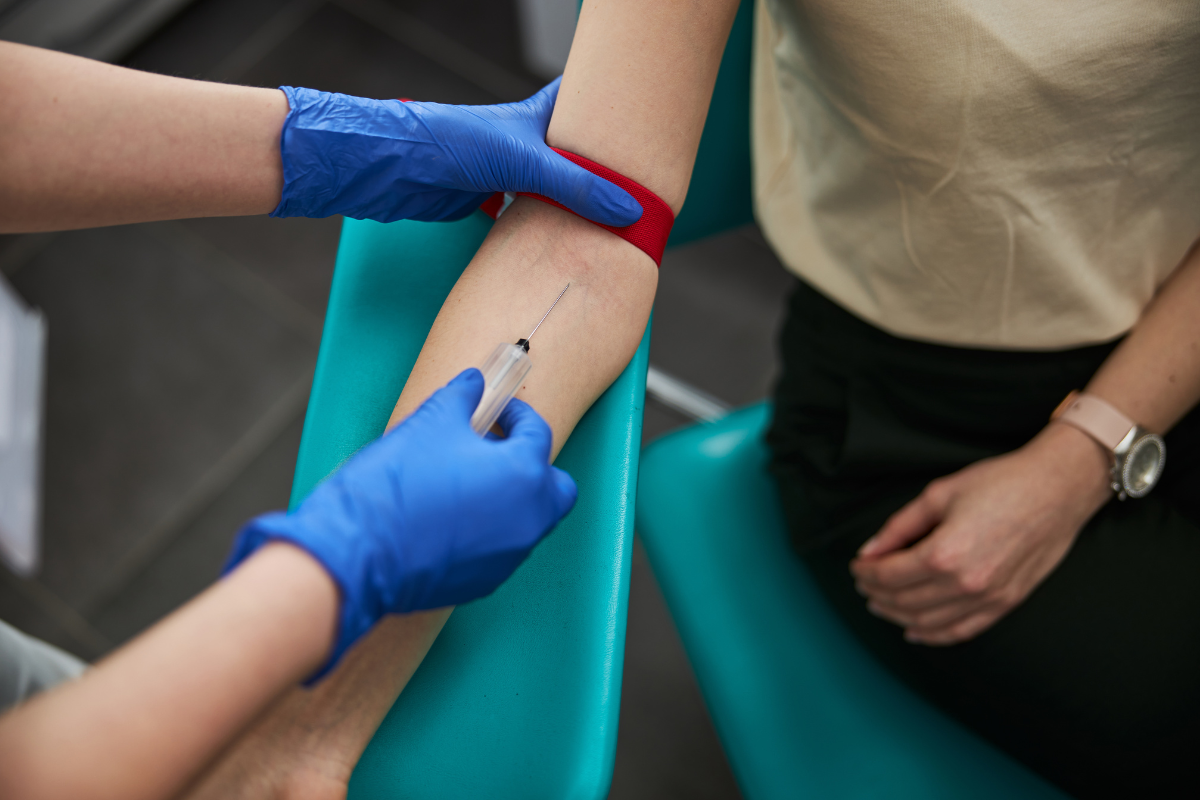ddPCR Approaches for Biomarker Detection and Analysis

Droplet digital PCR (ddPCR) represents the most sensitive approach at present for companies developing biomarkers or cell and gene therapies.
Having grown out of qPCR – the previous gold standard for measuring changes in gene expression – ddPCR as an approach allows researchers and analysts to ensure incredibly precise, sensitive detection of fluid biomarkers in the body.
Here, we examine three applications of ddPCR in healthcare approaches and biomarker validation to showcase its utility in the field of cancer detection and analysis.
Identifying Circulating Biomarkers for Pancreatic Cancer
Researchers from the Casa Sollievo della Sofferenza hospital in Italy have explored the use of ddPCR to validate circulating biomarkers for pancreatic cancer.
Micro RNA (miRNA) expression in body fluids has been linked to the incidence of cancers such as pancreatic cancer.
Amongst relevant miRNAs, miR-1290 showed good diagnostic performance in distinguishing between patients with pancreatic cancer and those with other cancers.
While difficult experimental conditions – such as the collection and storage of biological samples – have been a constraint on previous quantification approaches, ddPCR has been shown to overcome some of these difficulties.
In this context, ddPCR shows higher sensitivity and reduced variability for detecting low-abundance miRNA, producing more reliable results than conventional quantitative PCR.
Glioma Detection in CNS Tumours
Another application of ddPCR has been in detecting glioma and specific molecular biomarkers in certain CNS tumours, as championed by a German research group .
The capacity of ddPCR screening for the rapid and sensitive detection of DNA sequences facilitates the quantitative detection of diagnostically relevant glioma-associated molecular biomarkers.
Formalin fixed, paraffin-embedded (FFPE) tumour samples from Düsseldorf’s Heinrich Heine University in Germany have been used to study various glioma types.
With respect to sensitivity, specificity, accuracy, and precision, the assays constructed covered nearly all of the diagnostic biomarkers required for the classification of adult-type diffuse gliomas according to the 2021 WHO classification.
The research group observed that the analytical sensitivity of ddPCR is considerably higher than Sanger sequencing, which is commonly used as the standard diagnostic method.
cfDNA Analysis Through ddPCR Assays
In 2021, a research group from the University of Madrid published a study investigating the utility of circulating free DNA (cfDNA) for providing information about intratumoral heterogeneity.
Liquid biopsies conducted using cfDNA are increasingly being investigated as another tool for the detection of cancer-specific biomarkers.
A key advantage to cfDNA is the information it carries about intratumoral heterogeneity, which reflects dynamic changes in the tumour burden.
While detecting genomic alterations at low allele frequencies presents a challenge for many existing screening approaches, ddPCR can overcome this constraint due to its high sensitivity and specificity.
Here, as in glioma detection and miRNA expression monitoring, ddPCR assays represent incredible utility for diagnosing cancer subtypes.
Get your weekly dose of industry news and announcements here, or head over to our Biomarkers portal to catch up with the latest advances in cellular therapies.






